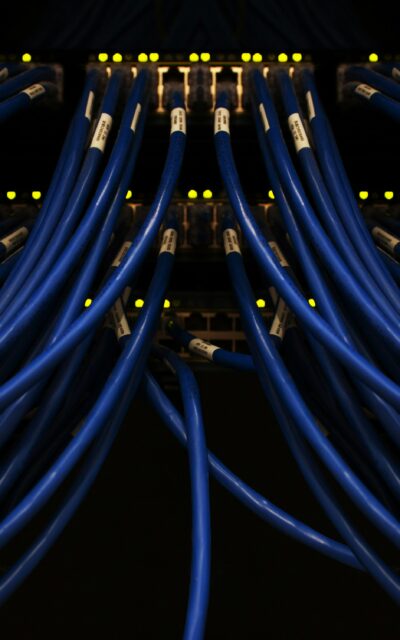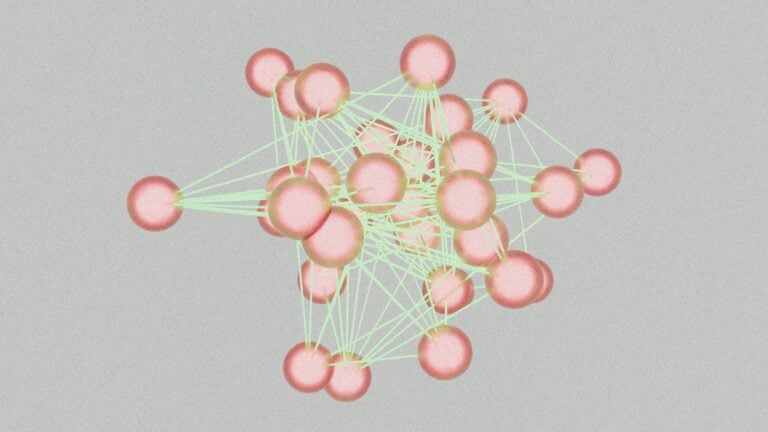
As the internet continues to grow, the need for a more advanced IP addressing system has become apparent. IPv4, the fourth version of the Internet Protocol, has been the backbone of internet communication for decades. However, its successor, IPv6, is gradually being adopted to address the limitations of IPv4.
The Need for IPv6
- IPv4 has a limited address space of about 4.3 billion addresses, which is nearing exhaustion due to the rapid growth of internet-connected devices [1].
- IPv6 offers a vastly larger address space, with approximately 340 undecillion (3.4 × 10^38^) addresses [2].
- The increased address space of IPv6 allows for more efficient routing and simpler network configuration [3].
Key Differences between IPv4 and IPv6
| Feature | IPv4 | IPv6 |
|---|---|---|
| Address Size | 32 bits (4 bytes) | 128 bits (16 bytes) |
| Address Format | Dotted-decimal notation | Hexadecimal notation |
| Number of Addresses | ~4.3 billion | ~340 undecillion |
| Header Structure | 12 fields, including options | 8 fields, extension headers for options |
| Security | Optional (IPsec) | Built-in (IPsec mandatory) |
| Quality of Service | Limited (ToS field) | Improved (Flow Label field) |
| Fragmentation | Allowed by routers and hosts | Only by source hosts |
| Broadcast Messages | Supported | Replaced by multicast |
| Configuration | Manual or DHCP | Autoconfiguration or DHCPv6 |
Transition from IPv4 to IPv6
- Dual-stack implementation allows devices to support both IPv4 and IPv6 simultaneously, enabling a gradual transition [4].
- Tunneling techniques, such as 6to4 and Teredo, encapsulate IPv6 packets within IPv4 packets, allowing IPv6 traffic to traverse IPv4 networks [5].
- Translation mechanisms, like NAT64 and DNS64, enable communication between IPv6-only and IPv4-only hosts [6].
The IPv4 Converter tool can be a valuable resource during the transition process, allowing users to easily convert between IPv4 and IPv6 addresses and understand their differences.
Embracing the Future
While IPv4 has served us well, the rapid growth of the internet necessitates the adoption of IPv6. With its larger address space, improved security, and enhanced features, IPv6 is poised to meet the demands of the ever-expanding digital world. As more organizations and service providers implement IPv6, it’s crucial for network administrators and developers to understand the differences between the two protocols and prepare for the transition.
References
[1] Cisco. (2011). How Cisco IT Is Accelerating Adoption of IPv6. https://www.cisco.com/c/dam/en_us/about/ciscoitatwork/network_systems/docs/cisco_it_case_study_ipv6.pdf
[2] Hinden, R., & Deering, S. (2006). IP Version 6 Addressing Architecture. IETF RFC 4291. https://tools.ietf.org/html/rfc4291
[3] Internet Society. (2020). Deploy360 Programme: IPv6. https://www.internetsociety.org/deploy360/ipv6/
[4] Nordmark, E., & Gilligan, R. (2005). Basic Transition Mechanisms for IPv6 Hosts and Routers. IETF RFC 4213. https://datatracker.ietf.org/doc/html/rfc4213
[5] Carpenter, B., & Moore, K. (2001). Connection of IPv6 Domains via IPv4 Clouds. IETF RFC 3056. https://datatracker.ietf.org/doc/html/rfc3056
[6] Bagnulo, M., Matthews, P., & van Beijnum, I. (2011). Stateful NAT64: Network Address and Protocol Translation from IPv6 Clients to IPv4 Servers. IETF RFC 6146. https://datatracker.ietf.org/doc/html/rfc6146
Install Our Extensions
Add IO tools to your favorite browser for instant access and faster searching
恵 Scoreboard Has Arrived!
Scoreboard is a fun way to keep track of your games, all data is stored in your browser. More features are coming soon!
Must-Try Tools
View All New Arrivals
View AllUpdate: Our latest tool was added on Dec 10, 2025





